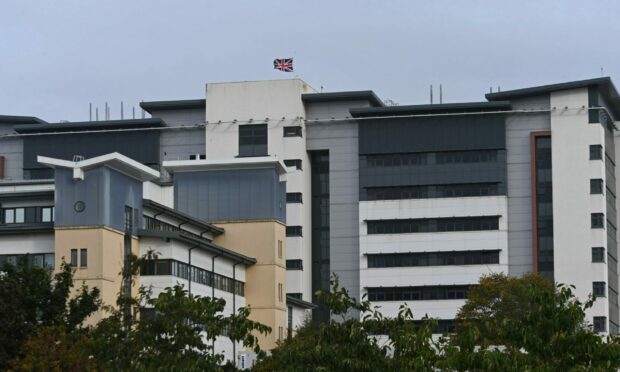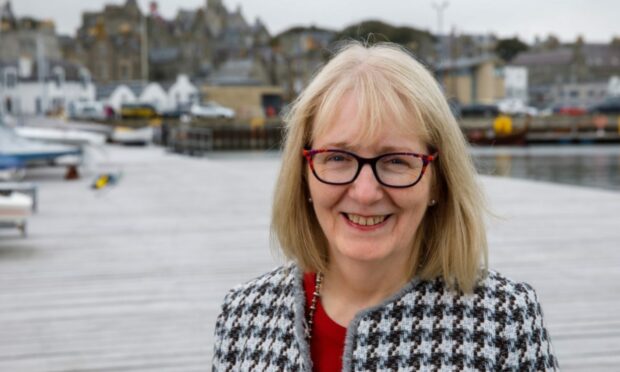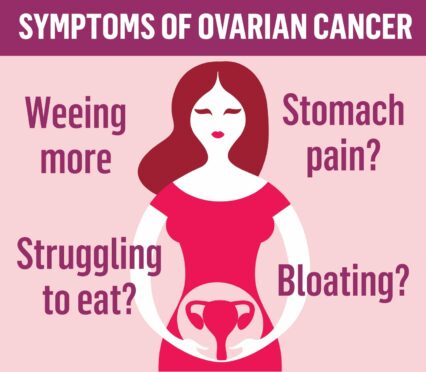Women with ovarian cancer across the north of Scotland suffered the worst outcomes in terms of treatment and survival rates, according to an official study.
Data from Public Health Scotland shows there was a “significant difference in survival” for women diagnosed across the three cancer networks.
The national health body looked at 927 patients diagnosed with ovarian cancer between October 1, 2018 and September 30, 2020.
The average survival rate for patients in the North Cancer Alliance, which takes in Highland, Grampian, Tayside and the islands was 2.1 years.
This was lower than 2.5 years for those in the West of Scotland Cancer Network and 3.6 years for those in the South East Cancer Network.
Those in the north network are also the least likely to receive a surgical treatment with 57% of patients undergoing surgery.
This compares to 66% in the west network and 67% in the south east.
‘Postcode lottery’
Beatrice Wishart, Scottish Liberal Democrat MSP for Shetland, said women with ovarian cancer still face a “postcode lottery” when it comes to treatment and diagnosis.
She added: “Those living outside the central belt and in more remote locations are facing an uphill struggle to access good quality care.
“The Scottish Government’s current model of centralisation, which has failed to invest sufficiently in local services, just makes that struggle worse.”
The average age of the women included in the study was 67 and there was no significant difference in the number of patients in each age group across cancer networks.
Increasing patient age, having a higher stage tumour and not having surgery were each associated with decreased survival, the report said.
A spokesman for the North Cancer Alliance said the figures contained in the newly-published report relate to cases from 2018 to September 30, 2020.
He added: “Since then, we have been working proactively with an action plan – the impact of which will not be reflected in the figures in the report.
“A regional ovarian cancer multi-disciplinary team has been established and, through this, all women are considered for surgery, either at the initial diagnosis or following chemotherapy. This has resulted in an increase in our NCA surgery rates.
“We are looking at the data for all women with ovarian cancer and recognise that women in the north tend to present at a later stage in the disease. We also see a number of patients presenting with co-morbidities, which have prevented us from carrying out operations due to the increased risks involved.
“Our action plan focuses on encouraging earlier presentations, symptom awareness and helping patients get fit for surgery. These are all key in ensuring we see an improvement in median survival rates.”
A Scottish Government spokeswoman said: “We understand the concern this will cause and will be meeting with clinical leads to understand current practice and how we can continue to improve outcomes.
“Improvement work has already started across all regions since the period of this publication (October 2018 to September 2020).
“Cancer is a priority in the NHS and our focus remains on increasing survival rates across all cancers.”
What is ovarian cancer?
Ovarian cancer, or cancer of the ovaries, is one of the most common types of cancer in women.
It is caused when abnormal cells in the ovary begin to grow and divide in an uncontrolled way, and eventually form a growth (tumour).
If not caught early, cancer cells gradually grow into the surrounding tissues and may spread to other areas of the body.
Symptoms include:
- Persistent bloating – not bloating that comes and goes.
- Feeling full quickly and/or loss of appetite.
- Pelvic or abdominal pain (that’s your tummy and below).
- Urinary symptoms (needing to urinate more urgently or more often than usual).
Target Ovarian Cancer charity’s report, published last week, revealed that a quarter of those with the disease, which affects around 600 women in Scotland each year, visited their GP three times or more before being referred for tests.




Conversation